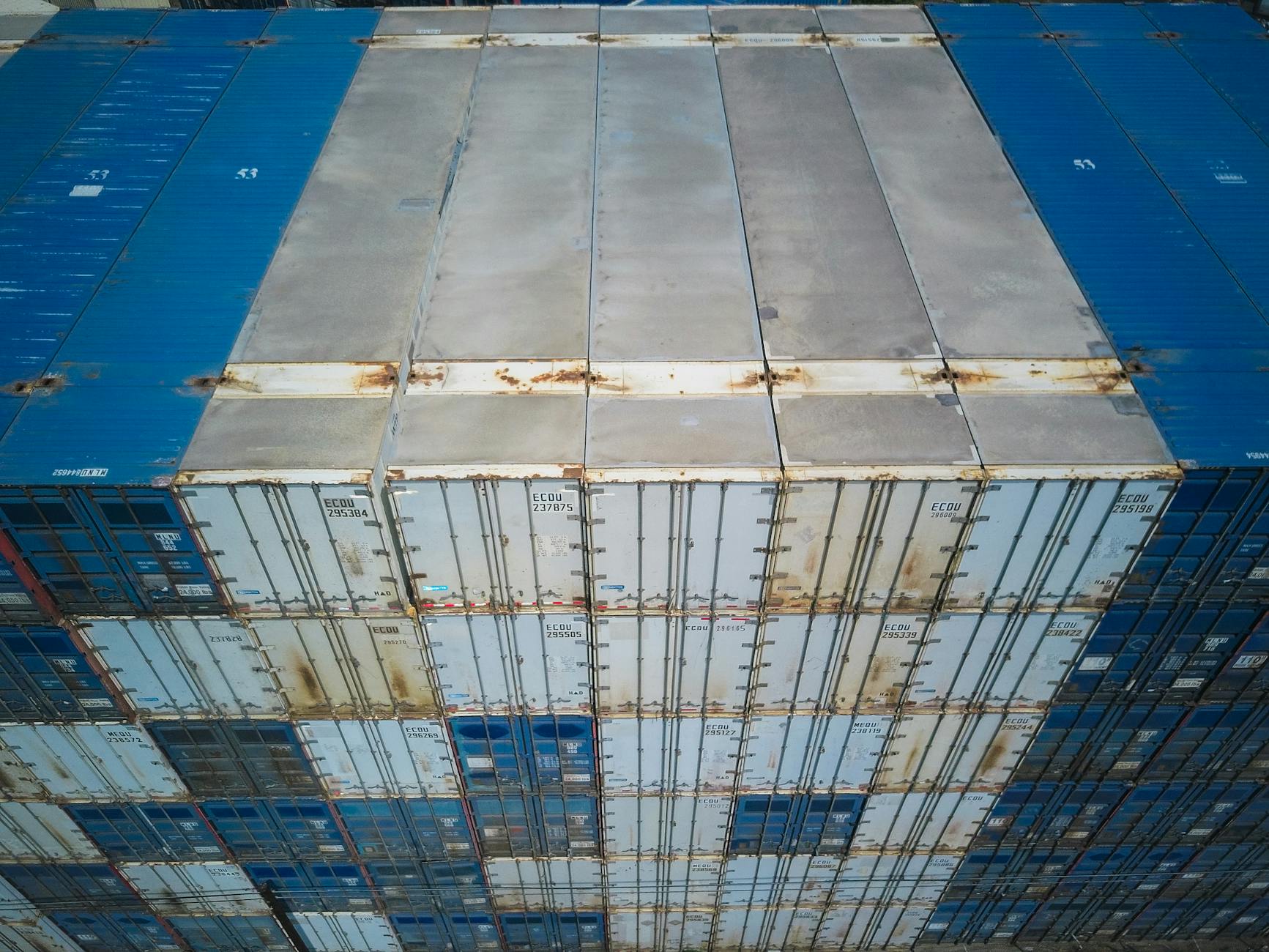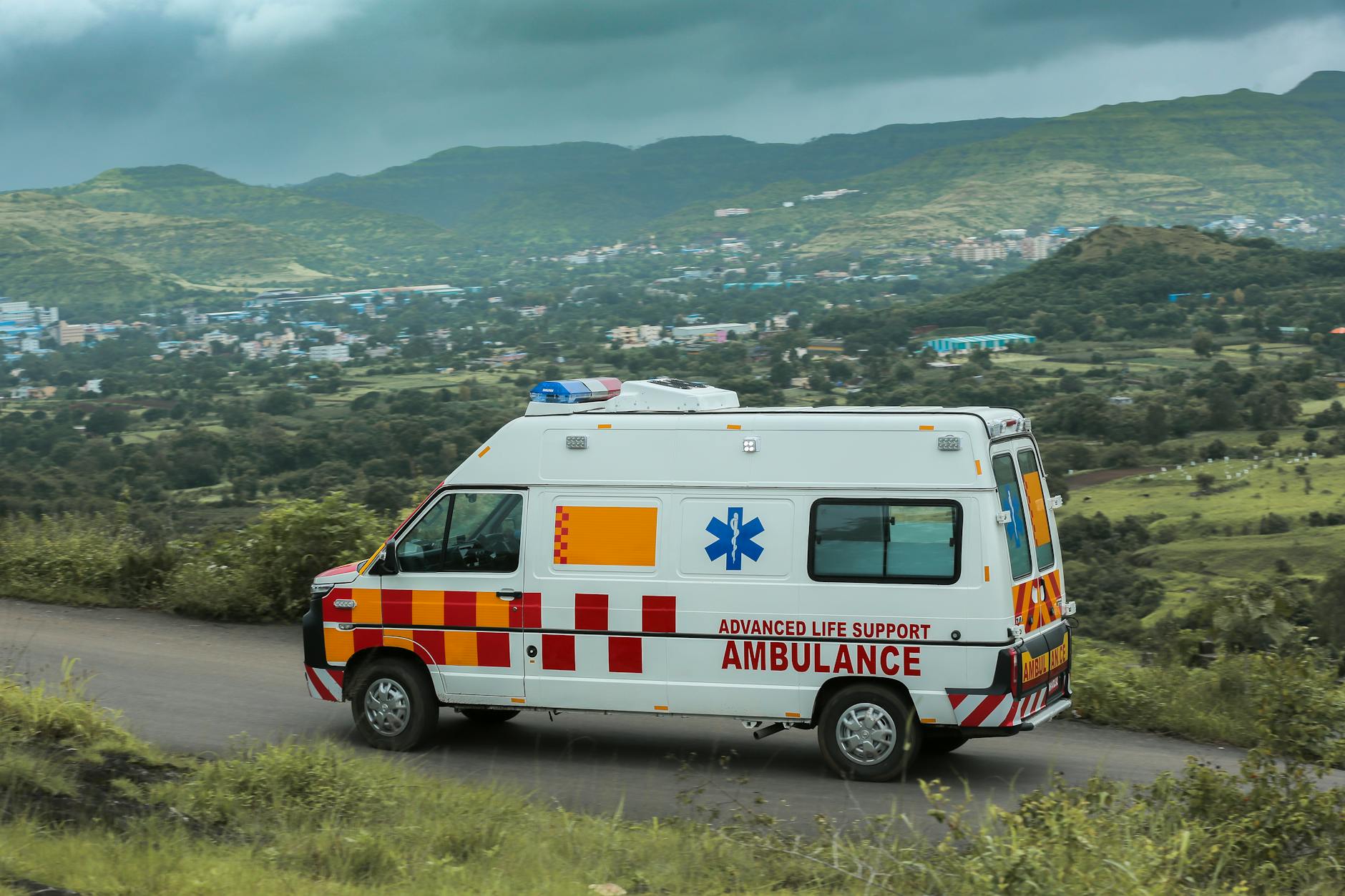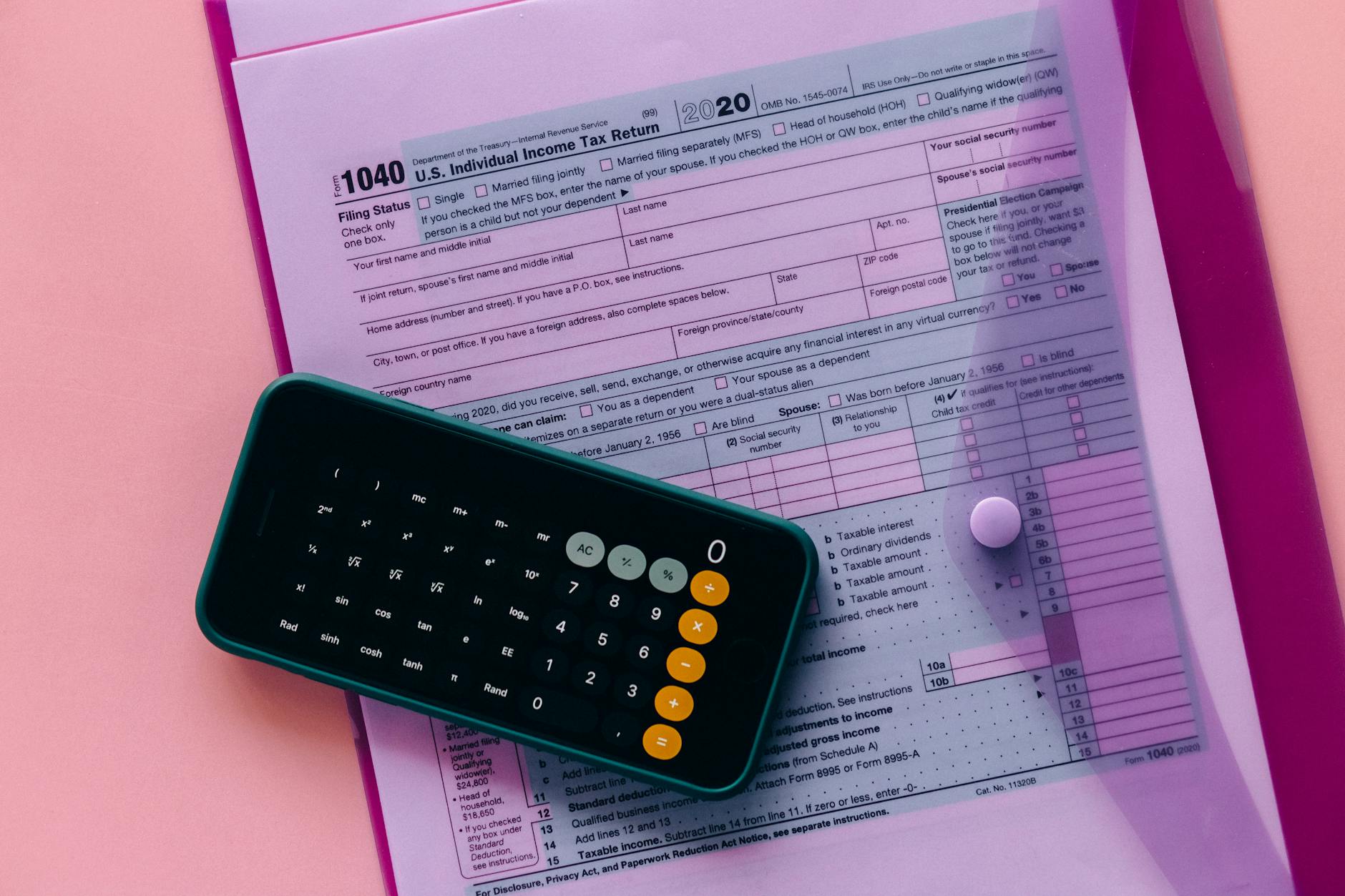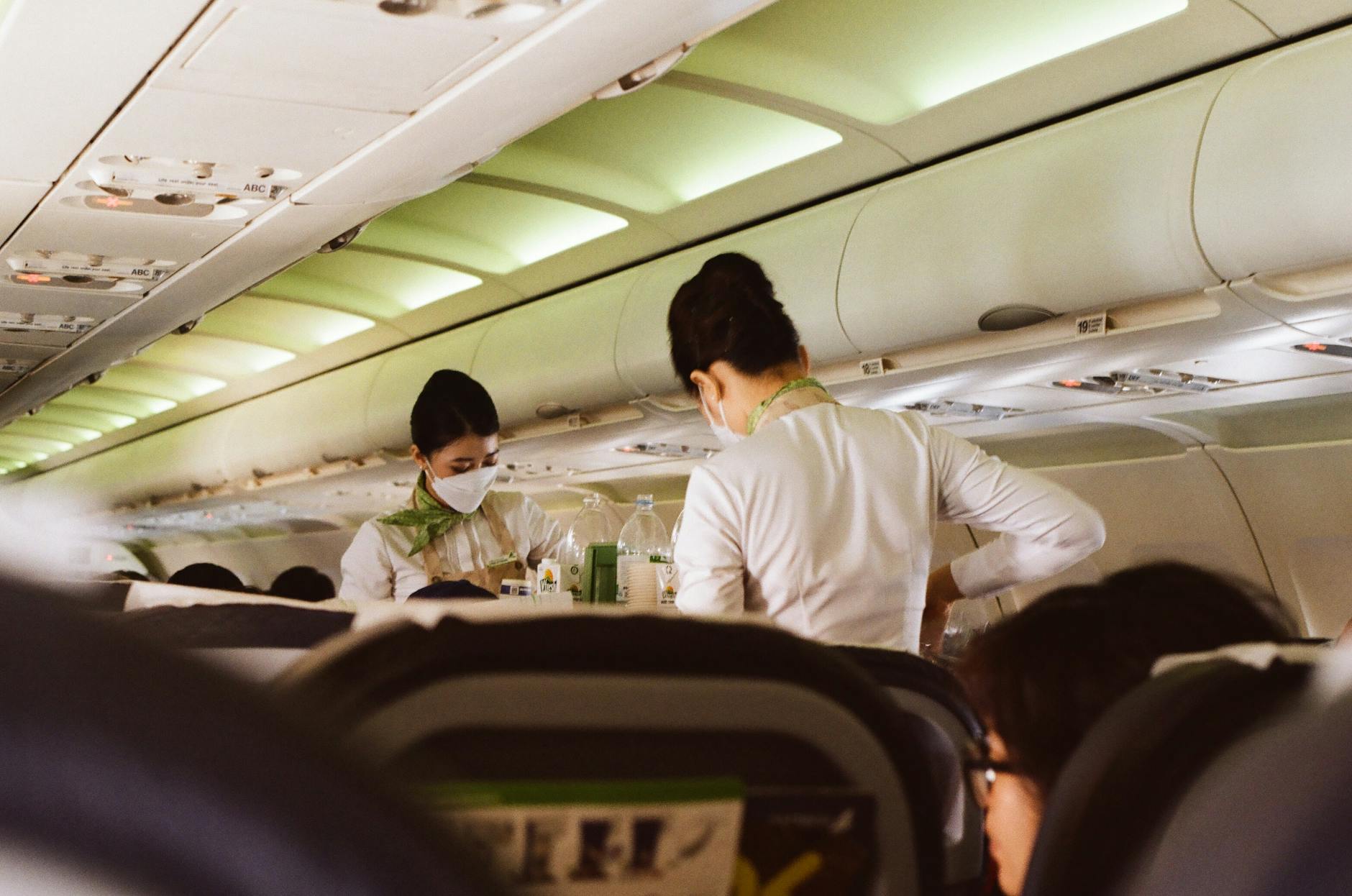What Does the Future Hold for Retail Logistics in Australia?

Emerging Trends
As an experienced logistics manager, I see several emerging trends reshaping order fulfilment in Australia, particularly in bustling areas like the Brisbane CBD business hubs. One of these trends is the increasing automation in logistics operations. Automation innovations streamline processes such as order fulfilment, offering efficiency and precision that simply weren't available before. This is pivotal for mid-career professionals in retail operations management, as it allows for better allocation of human resources to more strategic tasks.
Another significant movement in logistics is the rise in sustainable practices. Many companies are now adopting green solutions to reduce their carbon footprint. From eco-friendly packaging to energy-efficient warehouses, the drive toward sustainability is transforming the logistics landscape. This is important for professionals like Ethan Davies, who aim to integrate sustainable solutions into the supply chain while balancing cost-efficiency.
The third trend is innovations in last-mile delivery. With the increase in online shopping, ensuring timely and reliable delivery has become more crucial than ever. Emerging technologies and strategic partnerships, like those you might find at logistics parks in Acacia Ridge, help enhance pick packing processes and ensure fast delivery, ultimately improving customer satisfaction.
These trends are not just changing how we handle logistics but are also equipping professionals with new tools and methodologies to thrive in a competitive market.
Technological Advancements
AI and Machine Learning
In the heart of the Brisbane CBD business hubs, decision-makers are increasingly harnessing the power of AI and machine learning to revolutionise how retail logistics operate. These technologies are making a splash by optimising key processes such as warehouse management, inventory forecasting, and route planning. With AI algorithms, businesses are better equipped to anticipate demand and allocate resources more efficiently, ultimately reducing operational costs.
AI's predictive capabilities facilitate more effective coordination with 3PL providers, ensuring that logistics are precise and responsive. For instance, a machine learning system can dynamically adapt storage space requirements, thereby maximising real estate usage in logistics parks at Acacia Ridge.
IoT in Warehousing
Implementing IoT in warehousing is no longer just an advantage—it's becoming a necessity for staying competitive. IoT devices provide real-time insights into supply chain performance, increasing transparency and efficiency. These devices enable continuous monitoring of stock levels, environmental conditions, and equipment status. The resulting data can be leveraged to refine inventory strategies and improve service levels.
The integration of IoT in Brisbane’s logistics infrastructure demonstrates real-world applications of this technology, helping to streamline processes for local retailers focused on ecommerce logistics.
Blockchain for Transparency
Blockchain technology offers unparalleled transparency and security in retail logistics. It provides a tamper-proof ledger that records every transaction and movement within the supply chain. This transparency is crucial for maintaining consumer trust and ensuring compliance with industry standards.
Networking events held at the Brisbane Convention & Exhibition Centre often highlight the transformative potential of blockchain in enhancing supply chain transparency. As stakeholders collaborate, they explore how blockchain can mitigate risks and solidify trust, paving the way for a more robust and reliable logistics environment.
Sustainability Focus
Eco-Friendly Packaging
In the ever-evolving landscape of retail logistics, prioritising eco-friendly packaging is crucial. As someone rooted in the logistics sector, I recognise that sustainable choices not only contribute to environmental preservation but also deliver substantial operational benefits. Engaging 3pl logistics partners can streamline efforts toward achieving these goals by selecting materials that reduce waste without compromising packaging integrity. From biodegradable to reusable options, the variety of sustainable choices continues to expand, offering both versatility and effectiveness.
Renewable Energy Integration
Harnessing renewable energy sources in retail logistics facilities represents a forward-thinking strategy that aligns with sustainability objectives. Many warehouses and distribution centres, particularly around dense commercial hubs like Brisbane CBD, are shifting towards solar and wind energy. This not only curtails carbon emissions but also diminishes reliance on traditional power sources, offering long-term cost savings. Facilities located in logistics parks at Acacia Ridge are at the forefront of integrating these energy solutions, demonstrating their feasibility and practical benefits in real-world settings.
Circular Economy Models
A shift toward circular economy models holds great promise for revolutionising retail logistics. By designing systems that facilitate the reuse, repair, and recycling of materials, businesses can significantly minimise waste. Implementing third party logistics, and availing third party logistics solutions that embrace circularity can deepen resource efficiency and enhance supply chain sustainability. Across networking events held at the Brisbane Convention & Exhibition Centre, industry leaders are sharing best practices and strategies to adopt such models effectively, equipping operations managers with innovative tools to enact change.
Challenges in Retail Logistics
Environmental Impact Mitigation
In the sphere of retail logistics, grappling with environmental impact is increasingly becoming critical. The push for sustainability in logistics operations has led many of us to reassess how we manage pick and pack processes to minimise waste and reduce our carbon footprint. Implementing energy-efficient practices and integrating eco-conscious materials can significantly reduce adverse environmental effects. For instance, replacing conventional packaging with biodegradable alternatives not only aligns with green objectives but can also be an attractive selling point for environmentally-minded consumers. By reevaluating transportation methods and exploring carbon-neutral options, we can further address this challenge effectively.
Infrastructure Limitations
Australia's retail logistics face infrastructure-related challenges that can hamper efficiency, particularly in bustling areas such as the Brisbane CBD business hubs. Capacity issues and bottlenecks in warehousing and transportation networks can lead to delays and increased operational costs. It is crucial for us to invest in infrastructure improvements and adopt advanced logistical technologies like automated storage solutions. This can ameliorate these constraints and facilitate smoother operations.
Rising Consumer Expectations
Today's consumers, much like those interacting at logistics parks at Acacia Ridge, demand faster delivery times and superior service quality. The growing expectation for rapid delivery continues to put pressure on our logistics systems. To stay competitive, businesses need to adopt real-time tracking systems and optimise inventory management to meet these elevated consumer standards. By focusing on these challenges, the logistics sector can navigate the evolving market landscape with confidence and efficiency.
Strategic Steps for Future-Ready Retail Logistics
Partnering with Sustainability Specialists
In today's retail landscape, partnering with sustainability specialists is no longer optional—it's essential. Engaging experts who understand the complexities of freight management companies can provide insights into reducing carbon footprints and innovating supply chain operations. Picture a team looking at logistics parks at Acacia Ridge, developing eco-friendly strategies that align with larger corporate goals. These collaborations empower businesses to implement practices that not only meet regulatory compliance but also enhance brand reputation.
Testing New Materials
Exploring and testing innovative materials can place your business ahead in the game. Think of experimenting with biodegradable packaging in the heart of Brisbane's CBD business hubs, where retail competition is fierce. Imagine conducting small-scale trials at local outlets, gathering feedback to refine your offerings. By integrating materials that reduce waste and support sustainability, your business will not only lower environmental impact but also satisfy increasingly eco-conscious consumers.
Stakeholder Engagement in Green Projects
Engaging stakeholders is crucial for driving green initiatives forward. Incorporating feedback from different teams during networking events at the Brisbane Convention & Exhibition Centre can lead to more comprehensive sustainability plans. Encourage stakeholder participation in environmental projects. This could involve revising logistics networks to better serve both business and ecological interests. Taking these steps will not only bolster your company’s green credentials but also cultivate a culture of shared responsibility, setting the stage for continued growth and success in Australia's retail logistics sector.


